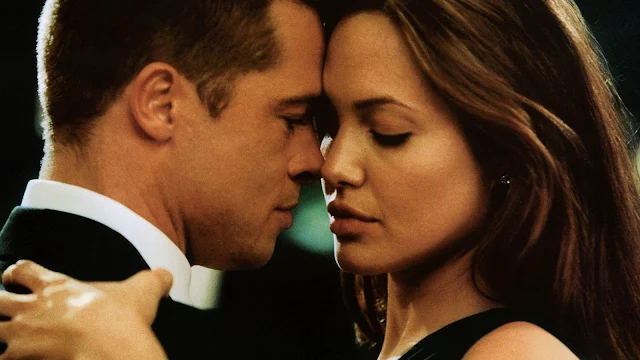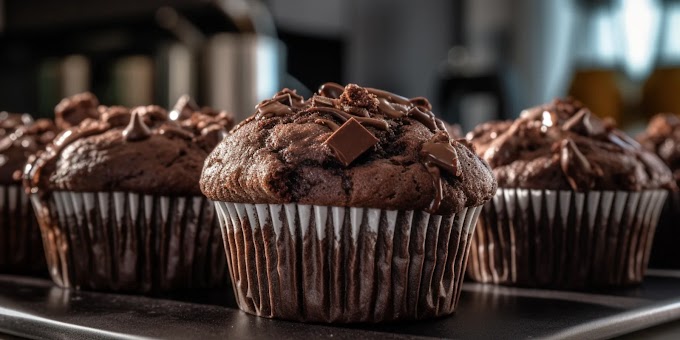The art of acting often involves portraying emotions, relationships, and scenarios that feel real to the audience. One of the most discussed and debated aspects of acting is the on-screen kiss. Many viewers wonder: Do actors and actresses really kiss on-screen, or is it all an illusion created by camera angles and clever editing? The truth lies somewhere between artistic craft and professional commitment. This blog delves into the realities of on-screen kisses, shedding light on their authenticity, preparation, and impact.
The Reality of On-Screen Kisses
Yes, in most cases, actors and actresses genuinely kiss during filming. While camera tricks and editing can simulate intimacy in some instances, filmmakers often opt for actual kisses to convey authenticity. A genuine kiss tends to look more natural on camera, capturing subtle nuances that are difficult to fake.
However, not every scene featuring a kiss involves lip-to-lip contact. Techniques such as strategic positioning, camera angles, and even the use of body doubles are employed to achieve the desired effect without requiring the actors to physically kiss. For example, a close-up shot combined with clever editing can create the illusion of a kiss.
Professionalism in On-Screen Kisses
Actors approach on-screen kissing as part of their job. Just as they might learn sword fighting or adopt an accent for a role, kissing is another skill they master to convincingly portray their characters. Professionalism is key in such situations. Most actors view these moments as purely technical, focusing on delivering a performance that serves the story.
Actors often discuss boundaries with their co-stars and directors before shooting intimate scenes. Consent and comfort are paramount, and industry standards now emphasize creating a safe environment for everyone involved. Intimacy coordinators are increasingly employed to choreograph and oversee such scenes, ensuring they are respectful and professional.
How Are Kissing Scenes Filmed?
Filming a kissing scene is rarely as romantic as it appears on screen. These scenes are meticulously choreographed to look natural while accommodating the practicalities of filmmaking. Here’s a look at how kissing scenes are typically shot:
Preparation and Discussion: Before filming, actors and directors discuss the scene in detail. This includes the emotional tone, camera angles, and boundaries.
Blocking: Blocking is the process of determining where the actors and camera will be positioned. This ensures that the kiss aligns with the director’s vision and the technical requirements of the shot.
Multiple Takes: Kissing scenes often require multiple takes to capture the perfect angle, lighting, and timing. This can make the process repetitive and far from romantic.
Close Proximity to the Crew: Contrary to the intimate setting depicted on screen, actors are often surrounded by a full crew, including camera operators, lighting technicians, and makeup artists.
Post-Production Magic: Editing and sound effects enhance the scene, making it more impactful for the audience.
Challenges Actors Face During Kissing Scenes
Despite their professional approach, actors can face several challenges while filming kissing scenes:
Awkwardness: Kissing someone you may not know well, in front of a crew and cameras, can feel awkward.
Technical Issues: Matching movements, hitting the right marks, and ensuring the scene looks seamless on camera require precise coordination.
Physical Comfort: Factors like bad breath, stage makeup, or the heat from studio lights can make these scenes uncomfortable.
Personal Boundaries: Actors must balance their personal comfort with their professional responsibilities.
The Role of Intimacy Coordinators
In recent years, the film industry has introduced intimacy coordinators to manage sensitive scenes. These professionals ensure that everyone involved is comfortable and that boundaries are respected. They also help choreograph the scenes to make them look natural while maintaining professionalism. This development has been especially important in fostering a safer and more respectful work environment.
Notable Examples of On-Screen Kisses
Some on-screen kisses have become iconic moments in film and television history. Here are a few notable examples:
"Gone with the Wind" (1939): The kiss between Rhett Butler (Clark Gable) and Scarlett O’Hara (Vivien Leigh) remains one of cinema’s most memorable moments.
"Spider-Man" (2002): The upside-down kiss between Peter Parker (Tobey Maguire) and Mary Jane Watson (Kirsten Dunst) became an instant classic.
"Titanic" (1997): The romantic kiss between Jack (Leonardo DiCaprio) and Rose (Kate Winslet) at the bow of the ship captured the hearts of audiences worldwide.
"The Notebook" (2004): The rain-soaked kiss between Noah (Ryan Gosling) and Allie (Rachel McAdams) epitomized passion and romance.
These scenes illustrate how on-screen kisses can become defining moments in storytelling, leaving a lasting impact on viewers.
When Kisses Are Faked
While genuine kisses are common, there are instances where actors opt not to kiss for personal, cultural, or religious reasons. In such cases, filmmakers use creative solutions:
Camera Angles: By positioning the actors strategically, the camera can create the illusion of a kiss.
Props or Barriers: Objects like scarves or glasses are sometimes used to obscure the lack of contact.
Digital Effects: In rare cases, visual effects are used to simulate a kiss.
One famous example is in the series "The Big Bang Theory", where actress Mayim Bialik, due to personal boundaries, used specific techniques to avoid physical intimacy in kissing scenes.
Audience Perception of On-Screen Kisses
Audiences often associate on-screen kisses with romance and chemistry. A convincing kiss can enhance the believability of a relationship, drawing viewers deeper into the story. However, a poorly executed or unconvincing kiss can have the opposite effect, breaking the illusion and leaving viewers dissatisfied.
Some fans even speculate about the off-screen relationships between actors based on their on-screen chemistry. While this can add to the allure of a film or show, it’s essential to remember that acting is a craft, and what happens on-screen is often detached from real life.
The Emotional Impact on Actors
Although professional, actors may occasionally find kissing scenes emotionally challenging. In cases where the characters share a deep connection, portraying such intimacy can feel emotionally vulnerable. Conversely, kissing someone with whom an actor lacks chemistry or feels uncomfortable can be equally taxing.
Many actors have shared humorous or awkward anecdotes about their experiences with on-screen kisses. For instance, Robert Pattinson once admitted to eating copious amounts of garlic before a kissing scene as a prank, much to his co-star’s dismay.
Conclusion
So, do actors and actresses really kiss on-screen? In most cases, the answer is yes. However, the process is far from romantic, involving careful planning, professionalism, and respect for boundaries. On-screen kisses are a testament to the dedication actors bring to their craft, helping to create authentic and emotionally engaging stories.
As viewers, understanding the effort and professionalism behind these moments allows us to appreciate them even more. The next time you watch a film or show featuring a kiss, you’ll know there’s much more to it than meets the eye!








Social Plugin